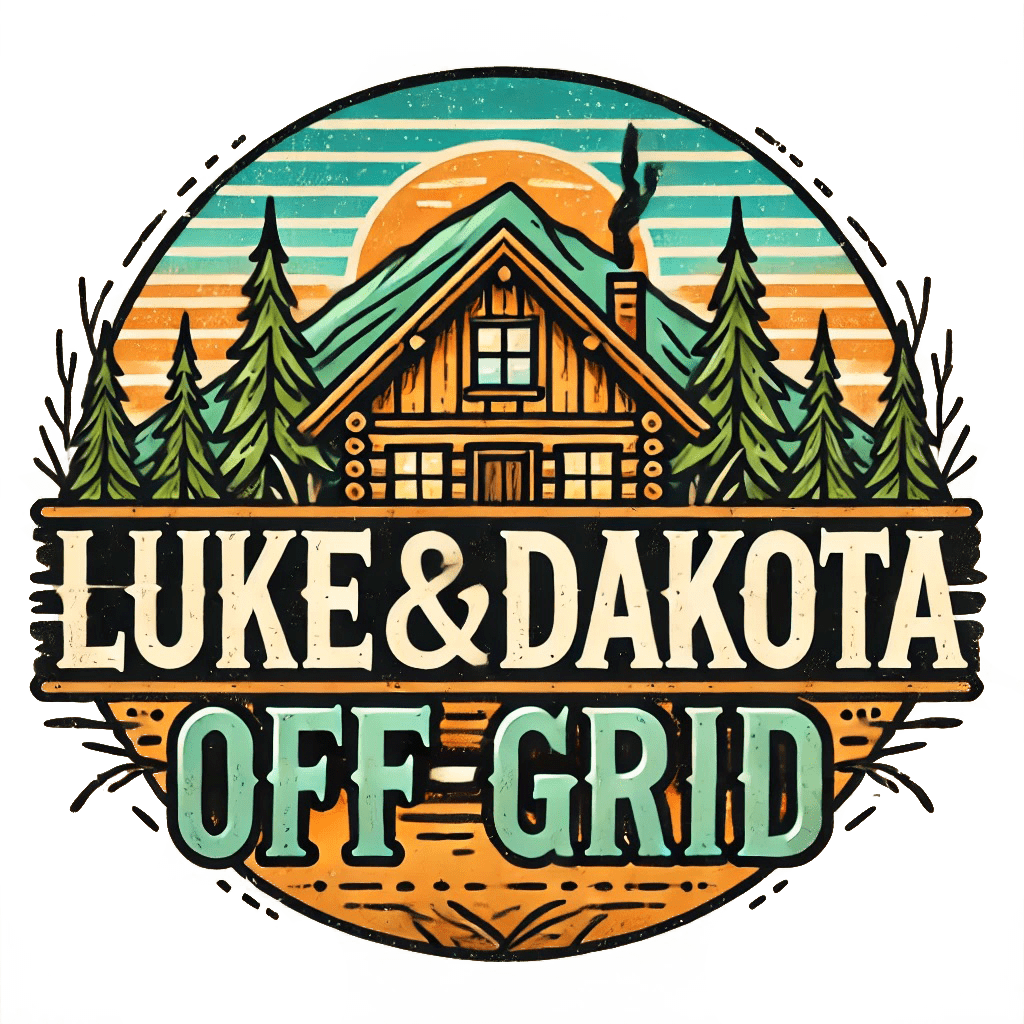Homesteading has long been associated with self-sufficiency, sustainability, and simplicity. Yet, in today’s world, the modern homesteader often relies on technology in ways that would baffle pioneers of the past. Solar panels power homes, apps track livestock health, and electric tools streamline daily chores. But is this reliance on technology at odds with the ethos of homesteading?
Let’s explore the balance between embracing innovation and preserving traditional self-reliance in the homesteading lifestyle.
The Rise of Tech-Savvy Homesteaders
Modern homesteaders often use technology to simplify tasks and improve efficiency. While the traditional image of a homesteader might include a hand plow and lantern, today’s reality often involves solar-powered freezers, GPS mapping for property management, and even drones to monitor crops.
Common Technologies in Modern Homesteading
- Renewable Energy Systems:
Solar panels and wind turbines are popular for providing sustainable, off-grid energy. These systems, however, require maintenance, monitoring apps, and sometimes Wi-Fi connectivity.
- Smart Farming Tools:
Automated irrigation systems, soil sensors, and weather-tracking apps help optimize crop production with minimal manual effort.
- Online Resources and Communities:
Homesteaders turn to YouTube, blogs, and forums to learn skills like canning, carpentry, and animal husbandry. These digital platforms are a far cry from handwritten journals passed down through generations.
- Electric Tools:
Chainsaws, grinders, and even solar-powered tools make labor-intensive projects faster and easier.
The Benefits of Technology for Homesteaders
1. Improved Efficiency
Technology allows homesteaders to accomplish tasks faster and with less physical strain. Automated irrigation can save hours of manual watering, while solar panels provide a steady energy supply without relying on a generator.
2. Access to Knowledge
The internet is a treasure trove of tutorials, forums, and guides. Need to build a chicken coop? There’s an app for that—or at least a YouTube playlist.
3. Enhanced Sustainability
Tech solutions like renewable energy systems and precision farming tools make sustainable living more accessible and efficient.
4. Bridging Isolation
Social media and online communities help connect homesteaders who might otherwise feel isolated. It’s easier than ever to share tips, troubleshoot problems, or find encouragement from like-minded individuals.
The Downsides of Tech Dependency
While technology has its perks, over-reliance can undermine the principles of self-sufficiency and resilience that homesteaders strive for.
1. Vulnerability to Tech Failures
What happens when the solar inverter breaks down, or your irrigation app stops working? Over-reliance on tech can leave homesteaders in a bind if systems fail.
2. Increased Costs
High-tech solutions often come with steep upfront costs and ongoing maintenance expenses, potentially putting them out of reach for some aspiring homesteaders.
3. Loss of Traditional Skills
There’s a risk of losing touch with traditional methods. For example, relying on an app to track weather might mean fewer homesteaders develop the skill of reading natural signs like cloud patterns or animal behavior.
4. Ethical and Privacy Concerns
Many technologies, particularly smart devices and apps, collect user data. For homesteaders who value independence, this can feel like a compromise of their principles.
Finding Balance: Tech and Traditional Homesteading
1. Embrace Tech as a Tool, Not a Crutch
Technology should enhance, not replace, essential skills. For example:
- Use a solar oven but know how to cook over an open flame if needed.
- Automate irrigation but retain knowledge of traditional watering techniques.
2. Learn Backup Methods
Every homesteader relying on technology should also know a backup, tech-free way to complete essential tasks. If your solar panels fail, do you have a generator or a manual water pump?
3. Prioritize Simplicity
Choose low-maintenance, durable tools over high-tech gadgets prone to breakdowns. For example, a hand-crank grain mill can be more reliable than an electric version.
4. Set Tech-Free Days
Intentionally spend time disconnected from technology to practice traditional skills, reconnect with nature, and ensure you’re not overly reliant on modern conveniences.
Is Technology Compatible with the Homesteading Ethos?
The answer to this question largely depends on your perspective. Some purists argue that technology undermines the core values of homesteading—self-reliance, simplicity, and a deep connection to the land. Others see it as a natural evolution, allowing homesteaders to live sustainably without unnecessary hardship.
Ultimately, the balance lies in using technology thoughtfully. Homesteading isn’t about rejecting modernity but about choosing which advancements align with your values and goals.
Conclusion: A Balanced Approach to Tech-Savvy Homesteading
Modern homesteaders don’t have to choose between tradition and technology—it’s about finding the right mix. By leveraging tech to simplify tasks while maintaining the core values of self-sufficiency and resilience, you can enjoy the best of both worlds.
Homesteading is a journey, not a rigid set of rules. Whether you rely on a solar-powered home monitoring system or grow crops with nothing but elbow grease, the goal is the same: living closer to the land and building a sustainable future.
Are you team tech or team traditional? Share your thoughts in the comments below!

